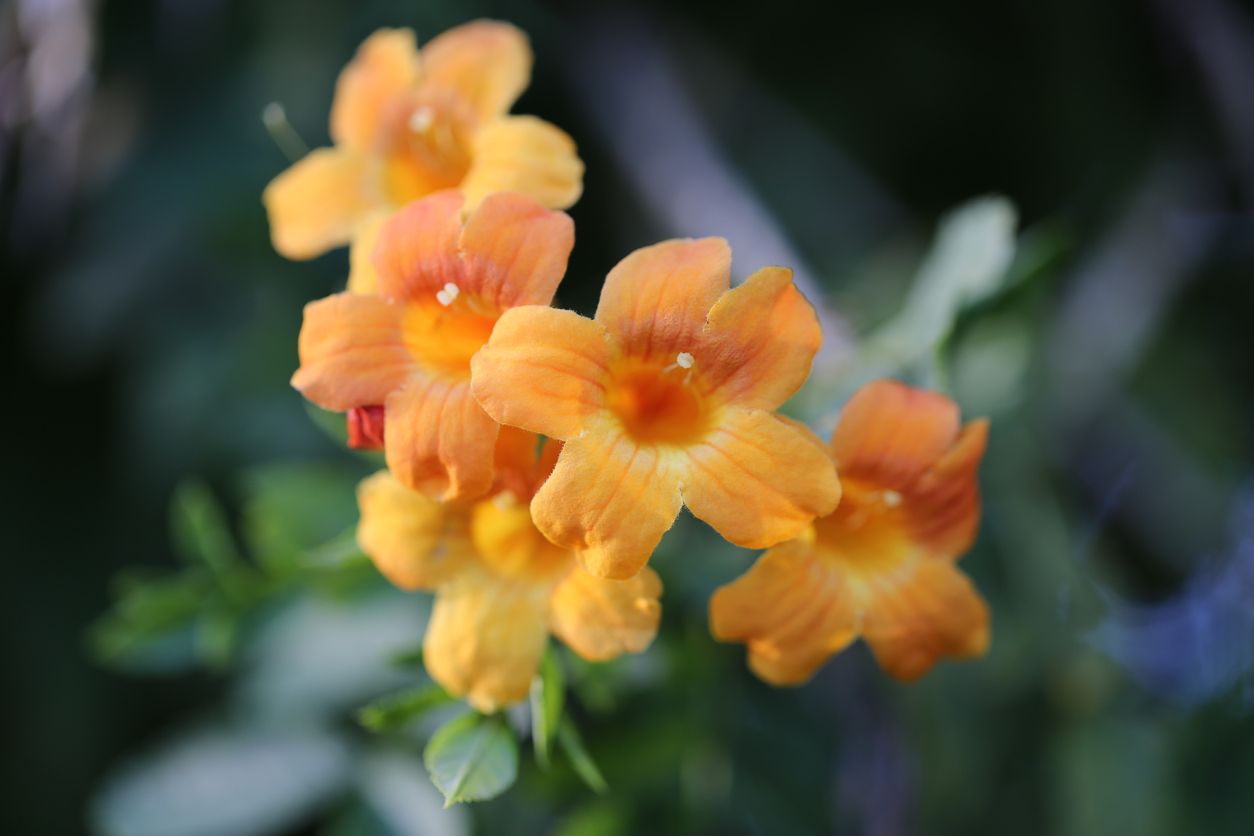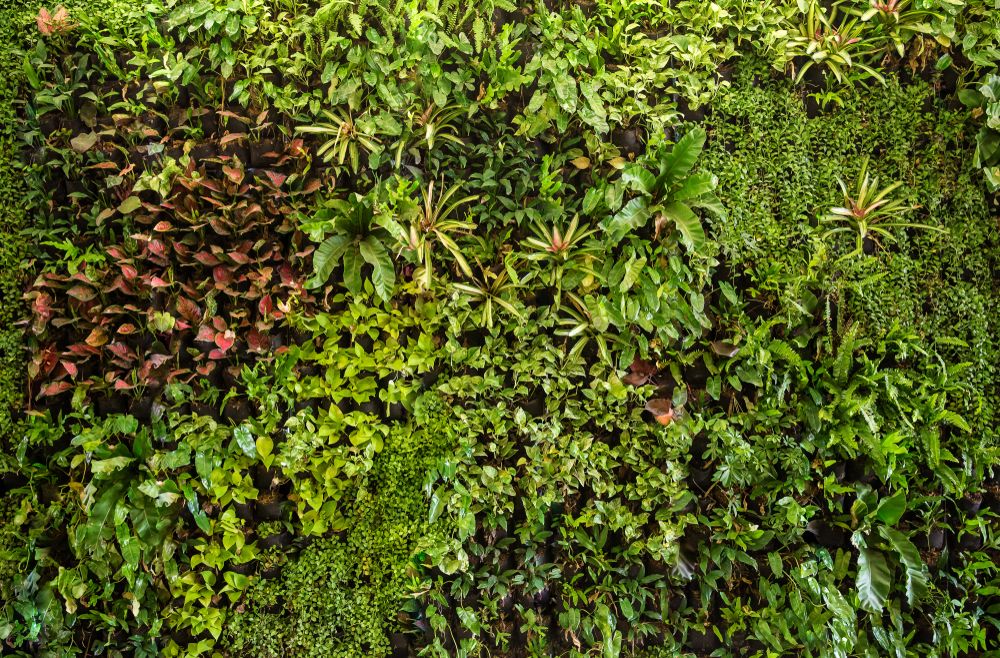6 Garden Fence Ideas That Protect Your Space and Still Look Great

When it comes to transforming your backyard, there are few projects bigger than adding a garden fence. In addition to being a simple way to keep your plants guarded from roving wildlife, they can also create a comfortably secluded place in your backyard that you can enjoy in peace. But before you start putting up posts, there are a few tips you’ll want to consider to ensure you get the outcome you want. Read on for garden fence ideas that will protect your space and still look great.
RELATED: 9 Essential Gardening Tools Everyone Should Have at Home.
1
Use reclaimed wood as your material.

Putting up any kind of fence in your yard is going to catch the eye, which makes the material you use an important decision. According to Marek Bowers, founder of Bolder Green, using reclaimed wood can result in a unique-looking fence that is also sustainable.
“Each plank will have its own character, adding a rustic charm to your yard or garden,” he says. “Just ensure the wood is treated and sanded for safety and durability. The weathered look can be incredibly appealing, but you can also paint it to match your garden’s aesthetic.”
He says you can find reclaimed wood at salvage yards and demolition sites (with permission, of course) or websites such as Etsy, Craigslist, and Facebook Marketplace. You can also reach out to specialty reclaimed wood suppliers and local farms or ranches for anything they might be offloading.
2
Make your garden fence a garden itself.

Adding a wooden or stone wall may interrupt the flow of your green space. That’s where floral vines can come in handy.
“A bespoke ipe fence adorned with Bignonia capreolata—commonly known as crossvine—not only enhances the aesthetic appeal but also serves as a habitat for hummingbirds, bees, and butterflies,” says Amy Hovis, owner of Eden Garden Design. “This crossvine is a fast-growing, evergreen vine that produces striking tubular orange flowers.”
She adds that once you’re ready to start planting vines, you should install a wire, string, or steel cable to allow the vines to shoot upwards as they begin to grow.
RELATED: Gardening Influencer Reveals the #1 Plant to Give Your Yard Beautiful Color.
3
Install a green living wall.

Your garden is a place where greenery is meant to thrive—and not just in the ground. If you want to create a feeling of lushness that embraces nature, even with your barriers, consider a living wall.
“These fences are made of plant panels that provide privacy and security while adding a lush, green element to your yard, transforming a plain fence into a vibrant backdrop,” says Bowers. “Living walls are typically mounted on an existing fence or a sturdy support structure to ensure stability and proper irrigation.”
This dense foliage not only enhances privacy by blocking views from neighbors and passersby but also helps absorb sound, making your yard a quieter, more peaceful place.
4
Use wire fencing to maximize depth.

Not all fences are made of solid wood. If you’re looking for an easy way to customize the look and give it some life without installing panels, you can use other materials that help plants grow.
“We love to use fencing with perforated steel or wire screens to grow vines on,” Hovis tells Best Life. “Hedging designs can often be achieved by layering plants of varying heights and textures. This creates visual depth and sensory intrigue while offering an organic look that provides privacy to one’s home and landscape.”
However, she clarifies that it’s important to consider whether the plants you’re using are evergreen or deciduous.
“If they’re deciduous, plant variety and placement have increased importance so that seasonal coverage remains consistent overall,” she explains.
RELATED: 6 Ways to Make Your Lawn Maintenance-Free.
5
Try using bamboo.

Sturdy wood is an appealing option for anyone truly concerned about security. But there’s another simple and affordable material that can look even better for a fraction of the price.
“Bamboo fencing is a fantastic option for those who want an exotic, eco-friendly solution,” says Bowers. “It’s incredibly strong and grows quickly, making it a sustainable choice. And natural bamboo’s light color adds a warm, tropical feel to your garden.”
However, it still requires a little work beyond planting or placing: Bowers warns it’s essential to secure the bamboo poles tightly and treat them to withstand weather conditions.
6
Plant a privacy hedge.

Before you start putting posts into the ground, consider yet another living option: For a natural, green barrier, Bowers suggests removing your fence and planting trees tightly together to grow a privacy hedge.
“These are my personal favorites. I actually tear out fences to build these!” Bowers tells Best Life.
Opting for living barriers can can add several important elements to your garden. “This lush, living wall provides excellent privacy and elegance,” he says. “Regular trimming will maintain the desired shape and size. But the foliage looks beautiful and absorbs noise, making your yard more serene and pleasant.”